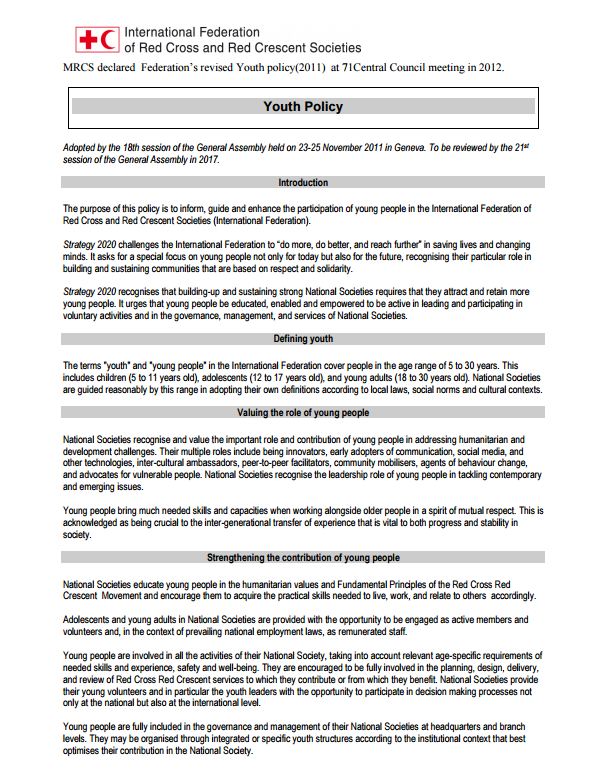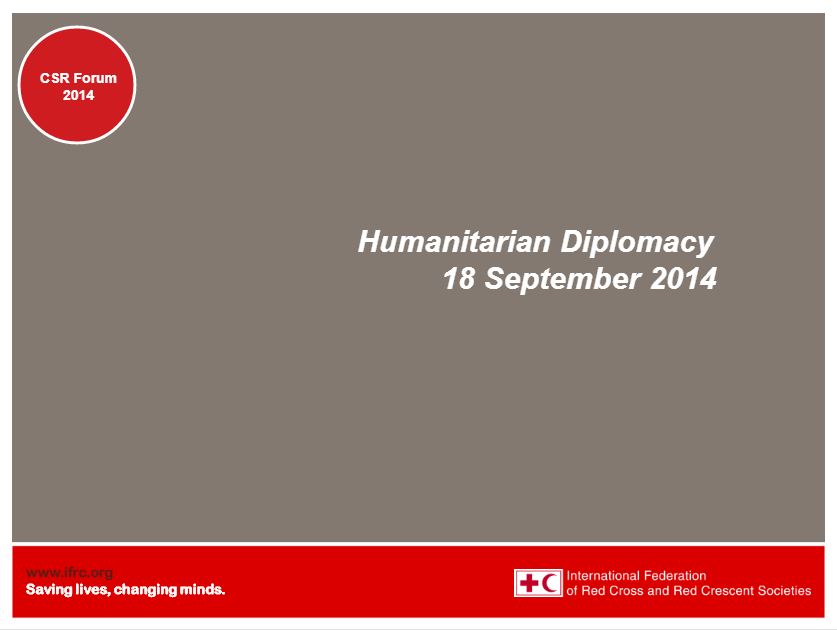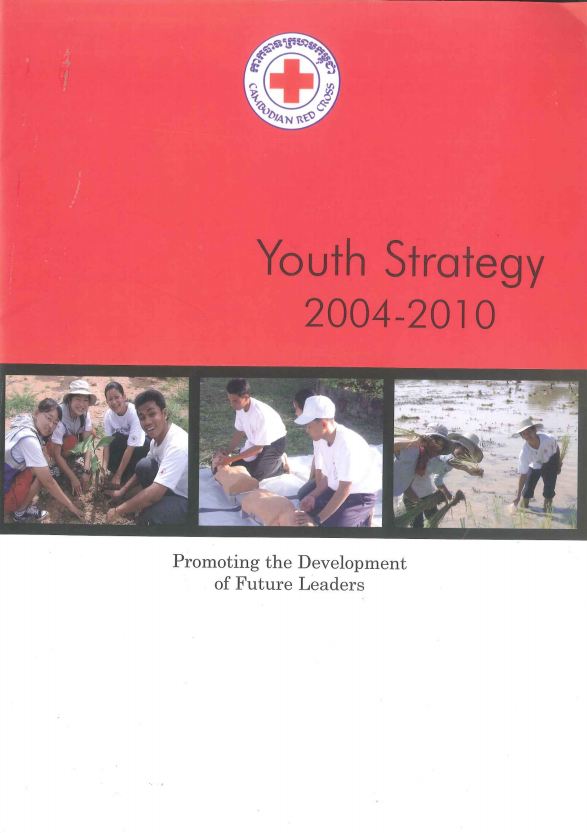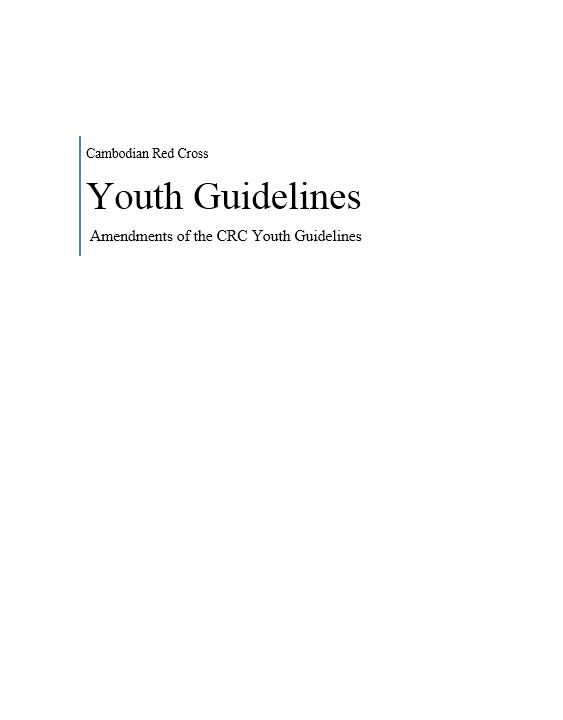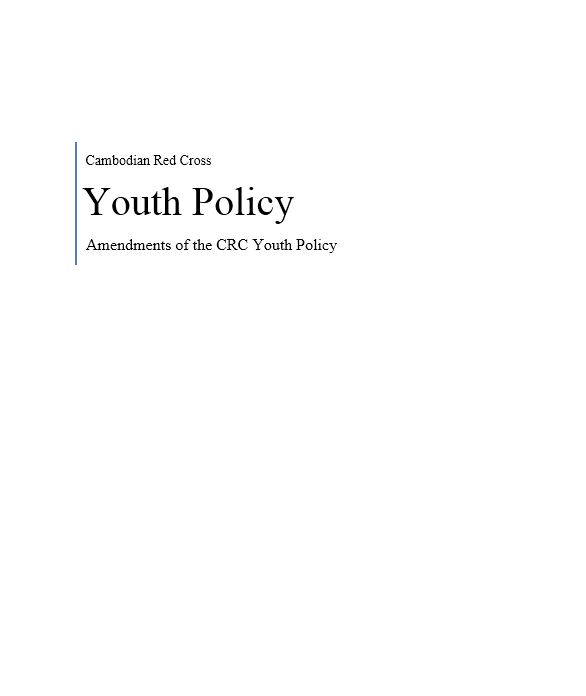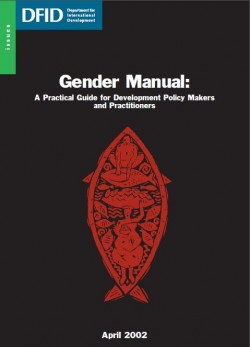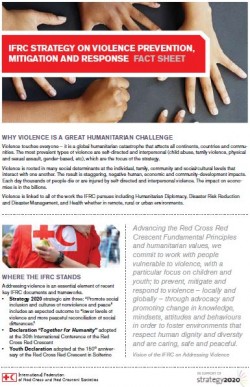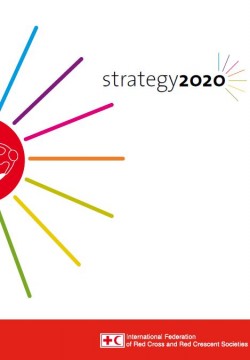Humanitarian Diplomacy in Action – Myanmar Red Cross Society
Purpose: Since this time, the world has closely watched as a range of reforms have been introduced by the new Myanmar parliament. These reforms include the release of political prisoners, the establishment of the National Commission on Human Rights, and the introduction of a managed floating exchange rate. The past two years have also brought the partial lifting of sanctions by foreign governments, and the re-engagement of the World Bank with the country.
Overview: The 2010 election in Myanmar, the first general election in 20 years, marked a significant point within the country’s ongoing political transition. In the same month, and to great international recognition, Nobel peace laureate and opposition political leader Aung San Suu Kyi was freed after nearly fifteen years under house arrest. Shortly afterwards, in March 2011, a semi-civilian government was officially appointed after 49 years of military rule.
Usage: Learning from experience.
Audience: Technical staff, Volunteers, Youth.
![]()
Gender Manual: A Practical Guide for Development Policy Makers and Practitioners
Purpose
This gender manual is designed to help project workers, who are not gender specialists, recognise and address gender issues in their work. The intention is to demystify gender, make the concept and practice of gender mainstreaming accessible to a wide audience, and clarify when to call in specialist help.
Overview
- The four key steps of gender mainstreaming are: 1. Sex disaggregated data and gender analytical information; 2. women as well as men influencing the development agenda; 3. context-specific action to promote gender equality; and 4. organisational capacity building and change.
- The precise sex disaggregated data and gender analytical information needed depend on the sector and context. There are a number of gender analytical frameworks designed to provide guidance on the kinds of questions that are likely to be applicable. Analytical frameworks can be very helpful but need to be used critically and with care. They should be used to inspire, not to restrict thinking.
Usage: Guidance for project implementation; Training
Audiences: Technical staff; National Society leadership
Reference: Derbyshire, H. (April 2002). Gender Manual: A Practical Guide for Development Policy Makers and Practitioners. Social Development Division, The UK Department for International Development (DFID). Pp.1-46. Available from: http://webarchive.nationalarchives.gov.uk/+/http:/www.dfid.gov.uk/Documents/publications/gendermanual.pdf [Accessed: 19th September 2015].
![]()
HIV/AIDS Policy
Purpose
This policy document addresses the strong recommitment of the IFRC to scaling up prevention and destigmatization of HIV/AIDS, and its advocacy and provision of health care and other services related to HIV/AIDS, particularly to vulnerable populations.
IFRC HIV AIDS Policy
Overview
The document looks at the role the IFRC and each national society plays in the provision of health care and other services related to HIV/AIDS. It also looks at the responsibilities of national societies in achieving the IFRC’s aims for tackling HIV/AIDS.
Usage: Policy guidance
Audiences: National Society leadership; Technical staff
![]()
Strategy on Violence Prevention, Mitigation and Response – Fact Sheet
Purpose
This fact sheet looks at why violence is a great human challenge and gives strategic directions to address violence within the strategic aims and enabling actions outlined in IFRC’s Strategy 2020.
Overview
Strategic aims include:
- saving lives, protecting livelihoods, and strengthening recovery from disasters and crises;
- enabling healthy and safe living;
- promoting social inclusion and a culture of non-violence and peace.
Enabling actions include:
- building strong national Red Cross and Red Crescent societies;
- pursuing humanitarian diplomacy to prevent and reduce vulnerability;
- functioning effectively as the IFRC.
Usage: Guidance for project implementation
Audiences: Technical staff
![]()
Strategy 2020
Purpose
This strategy document voices the collective determination of the International Federation of Red Cross and Red Crescent Societies (IFRC) to tackle the major challenges that will confront humanity in the next decade.
It consolidates previous policies and strategies, and updates core concepts to guide National Societies in formulating their own mission statements and strategic plans to meet the specific needs and vulnerabilities that concern them. It guides the secretariat in setting its operational priorities in support of national societies. It is also the basis for updating, harmonising and developing new implementation tools and cooperation frameworks.
Overview
- Chapter 1 describes the IFRC and highlights its mandate and comparative advantages. It reflects on the experiences and lessons of Strategy 2010, projects global trends and presents its vision.
- Chapter 2 sets out what the IFRC does to help vulnerable people and how it tackles the underlying causes of their vulnerability through three strategic aims: (1) Save lives, protect livelihoods, and strengthen recovery from disasters and crises; (2) Enable healthy and safe living; and (3) Promote social inclusion and a culture of non-violence and peace.
- Chapter 3 describes how the IFRC works to deliver this strategy through three enabling actions, each of which is associated with specific impacts.
Usage: Policy guidance
Audiences: National society leadership; Technical staff, Communication staff, Human Resources, Gender and diversity practitioners; Volunteers
![]()


